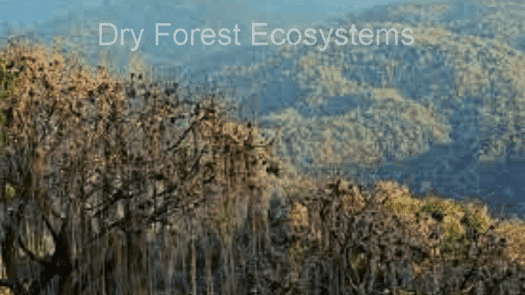Introduction:
Dry Forest Ecosystems are unique ecosystems that occur in regions where rainfall is scarce and unpredictable. They are characterized by a variety of plant and animal species that have adapted to survive in this challenging environment. Despite their arid nature, dry forests are crucial for the health of the planet and play an important role in mitigating climate change. In this article, we will explore the wonders of science in dry forest ecosystems, and how research is helping us to better understand and protect these vital habitats.
Dry forest ecosystems
The Importance of Dry Forests
Dry forests cover around 20% of the world’s land area and provide important ecosystem services. They help to regulate the water cycle, reduce soil erosion, and maintain the balance of atmospheric gases. Dry forests are also home to a wide range of plant and animal species, many of which are endemic to these ecosystems.
The Challenges of Studying Dry Forests
Studying dry forests is challenging due to their harsh environmental conditions and the vast areas they cover. Researchers use a range of methods to study these ecosystems, including satellite imagery, remote sensing, and ground-based observations. Scientists also use advanced technologies such as LiDAR to map and analyze the structure and biodiversity of dry forests.
The Role of Science in Conservation
Scientific research is essential for the conservation of dry forests. Through scientific studies, we can better understand the ecological processes that take place in these ecosystems and develop effective management strategies. Research has shown that active restoration and management of dry forests can improve their health and resilience to disturbances such as wildfires and climate change.
The Future of Dry Forests
Dry forests face numerous threats, including deforestation, climate change, and invasive species. However, advances in science offer hope for their conservation and restoration. New technologies such as gene editing and biotechnology may provide solutions for restoring degraded dry forest ecosystems.
Also read: Prescription drugs: Machine Learning Discover Drugs that could help smokers quit
Conclusion:
Dry Forest Ecosystems are unique and valuable ecosystems that play an important role in the health of our planet. The wonders of science are helping us to better understand and protect these ecosystems, from mapping their structure and biodiversity to developing effective management strategies. As we face the challenges of climate change and biodiversity loss, it is essential that we continue to invest in scientific research to conserve and restore dry forests for future generations.

